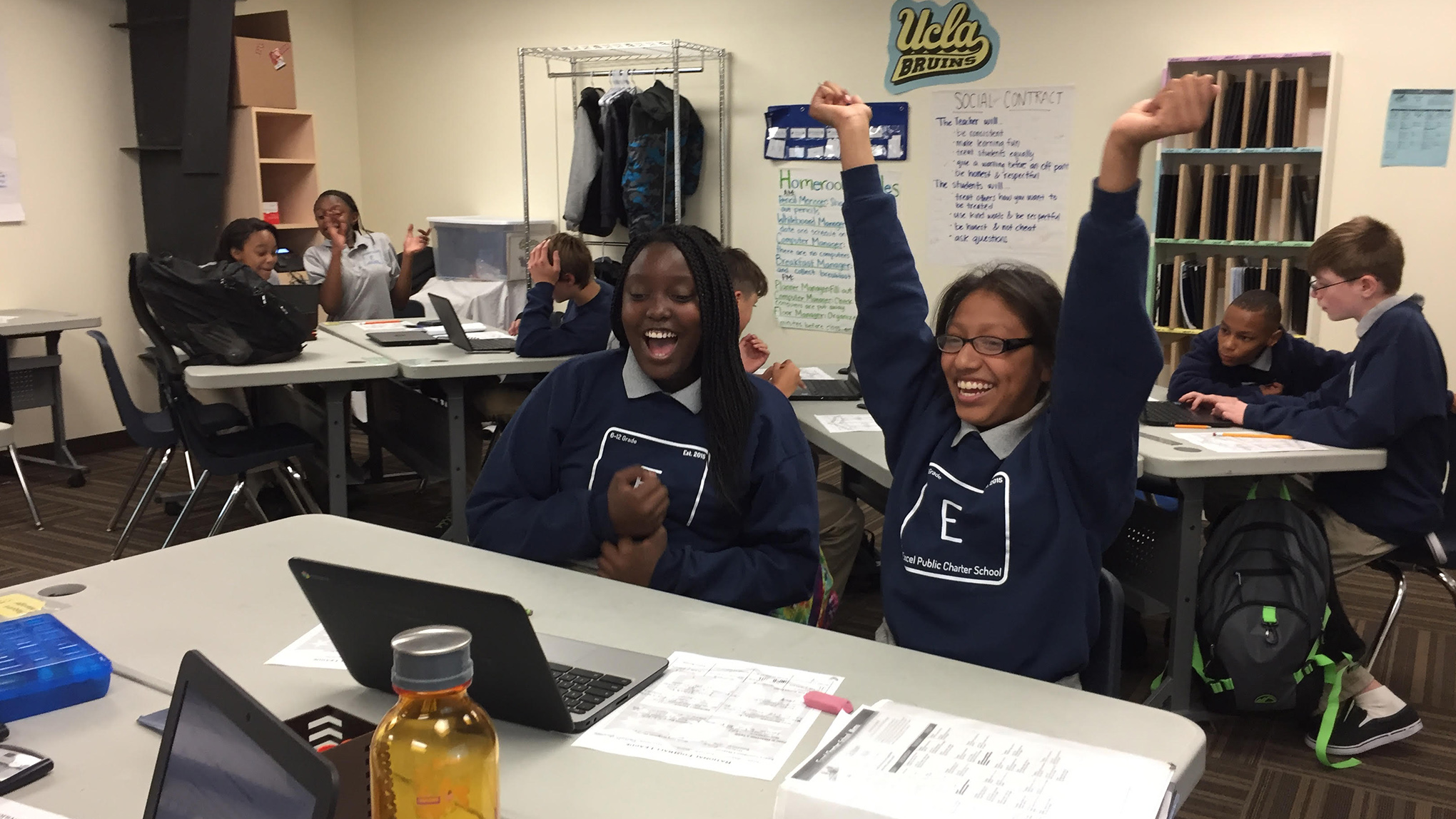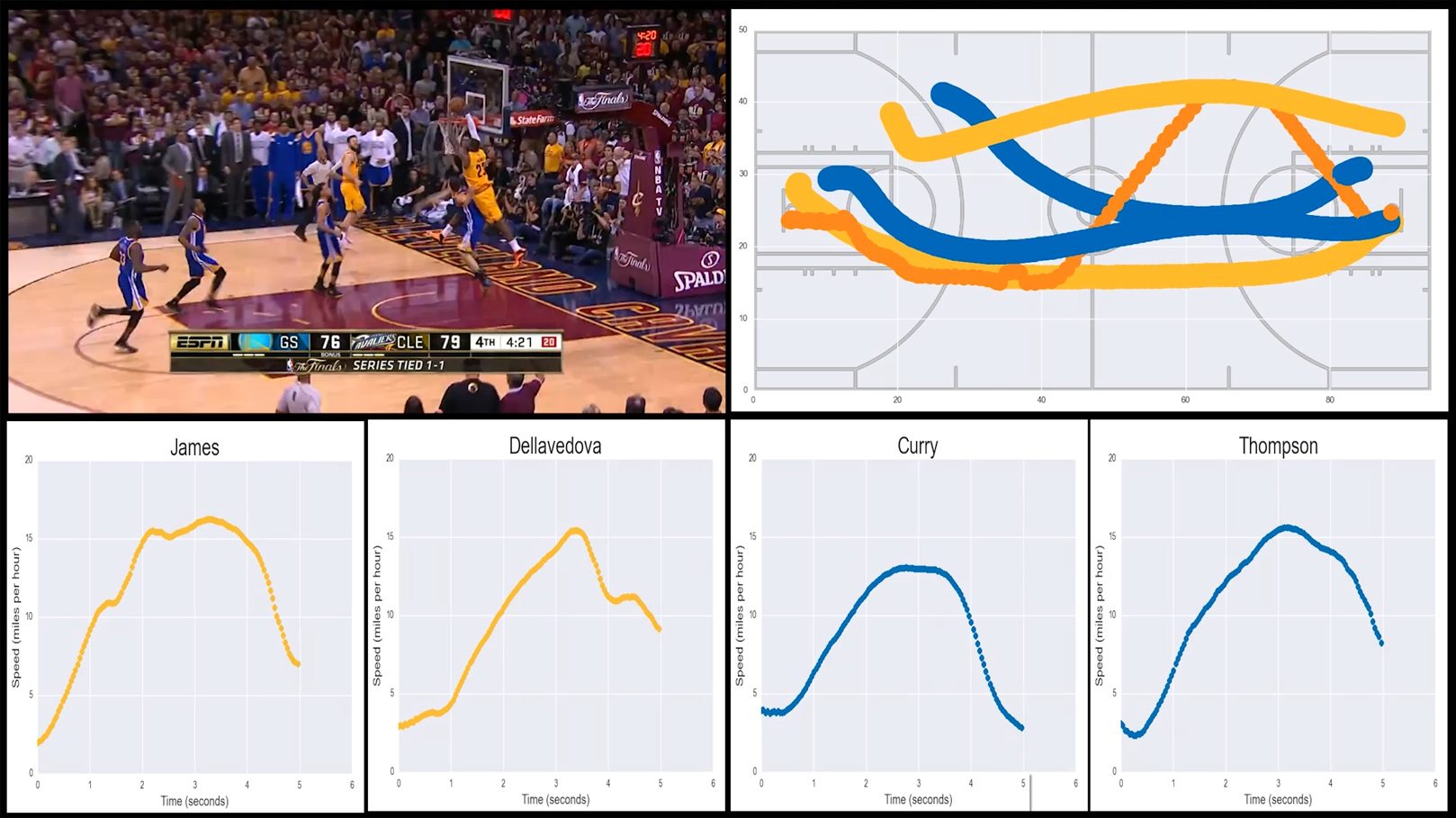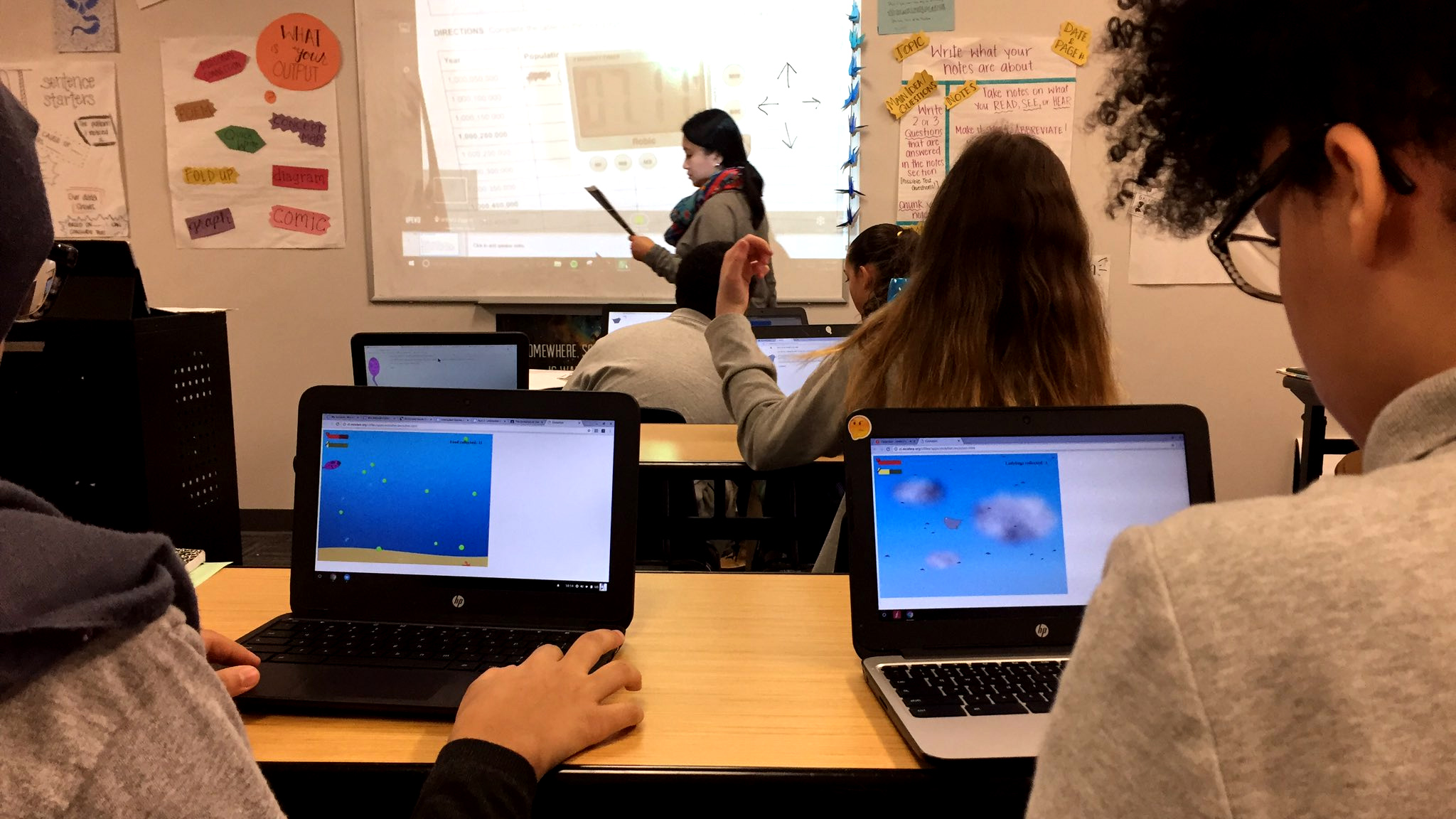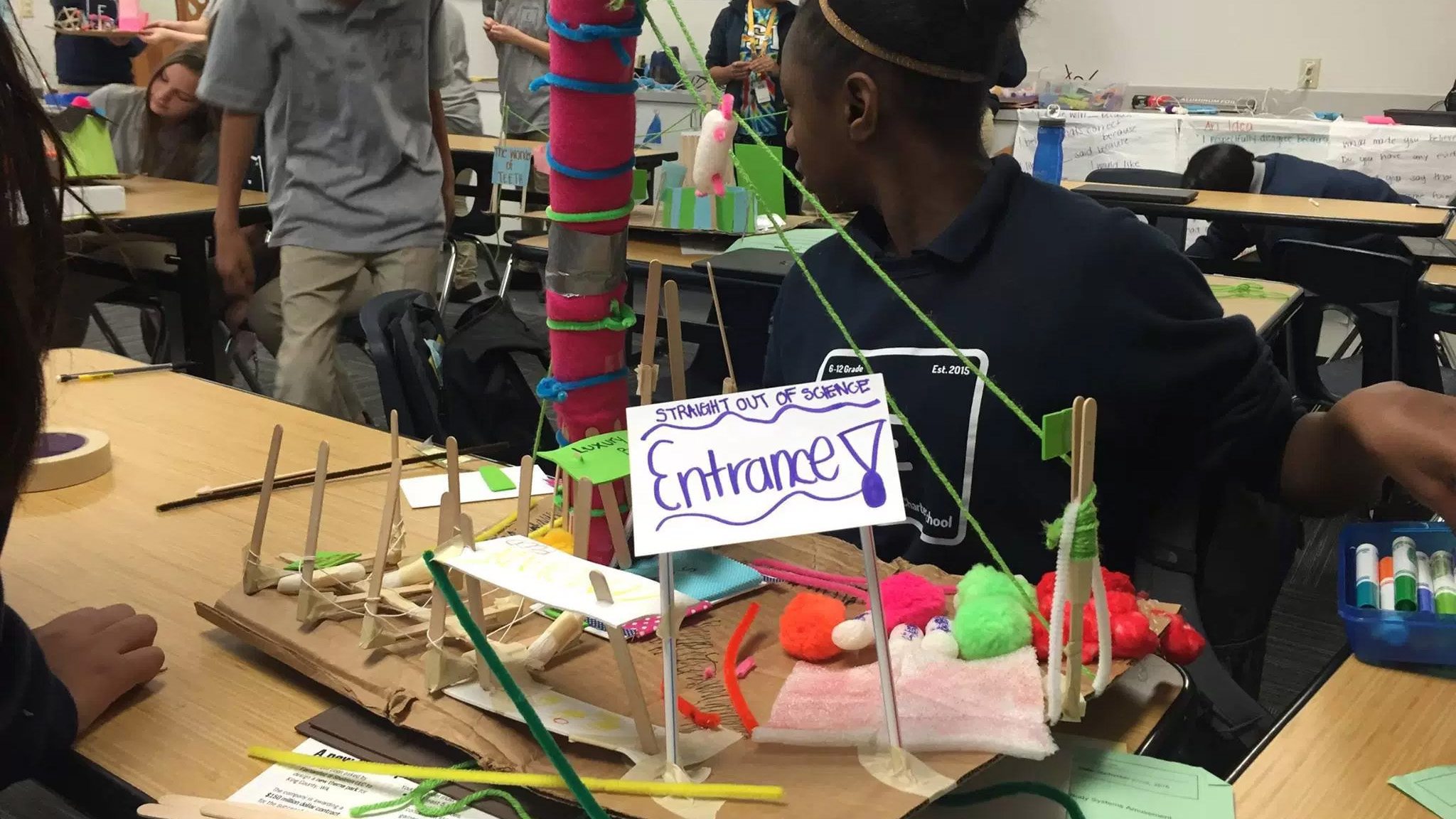From Solar Systems to Lebron James’s Plays–How Computational Thinking is Transforming the Classroom Experience

Analyzing LeBron James’s plays from the 2015 NBA finals. Designing Greek monuments. Creating a solar system. Simulating the era of colonialism in Africa. Plotting earthquakes on a world map. Believe it or not, these are just a handful of carefully crafted lesson plans aimed at helping Green Dot Public Schools’ students in Washington build their computational thinking (CT) skills.
For Green Dot, teaching students computational thinking skills requires equipping them with the tools to solve real-world problems using the fundamentals of computer science. Through concepts such as algorithmic thinking, pattern recognition and experimentation, students apply computer science basics to breaking down complex scenarios in every field — from history to sports to entertainment.

“Our goal is to get students thinking about how they can use their own marketable skills and apply them to any situation they encounter in the real world,” explained Eli Sheldon, Green Dot Washington’s Computational Thinking Specialist. “Computational thinking skills get our students into a problem-solving mindset. As the world becomes more intertwined and complex, it is our job as educators to prepare students to act as critical thinkers and leaders in the situations their communities face.”
Green Dot students engage in these lessons beginning in middle school and develop CT skills across disciplines and core subjects. In sixth grade, students use real-time data to plot earthquakes on a world map using pattern recognition and information on GPS coordinates and plate tectonics. After developing hypotheses and tracking geographic patterns, students compose a research-based letter to elected officials and scientists explaining their findings in the hopes of making informed recommendations to their leaders about earthquake safety measures. “Students who practice and master the four computational thinking skills will be better scientists, engineers, and all-around learners because of it,” said Alexis Hauber, science teacher at Destiny Middle School. “I am really looking forward to a major engineering design project we have planned for second semester, where students will perform a series of mini-experiments and ultimately design a turtle egg incubator based on their findings.”
In another computational thinking lesson taught in seventh grade, students use the CT concept of decomposition, which involves breaking down data, processes, and problems into smaller and more manageable parts, to analyze why polling stations differ around the country and understand how voting rights manifest differently across communities. Encompassing history, civics and mathematics, students are able to dive deep into the modern controversies around voter ID laws and understand why one voter’s experience may contrast with that of another voter simply based on factors such as location, race, or socioeconomic background.

“Computational thinking has changed the mindset with respect to learning opportunities and potential in my PE/Health class,” said Eric Murphy, Physical Education teacher at Excel Public Charter School. We’ve taken a simple game of kickball and reimagined how to approach kickball through a CT lens. Using sabermetrics and pattern recognition, students are decoding how to win a kickball game. It’s impressive to witness middle school students choose teams based on data and trends rather than popularity and friendships!”
Ultimately, teachers and school administrators hope that a focus on computational thinking gives students a competitive edge as career-bound adults as they obtain both the skillset and the confidence to face any real-world scenario head-on. “This approach is important because it provides students with sophisticated strategies to solve simple and complex problems,” said Murphy.
“We want to prepare our students for college, leadership, and life. Everything we do as a school network caters to that mission—and the implementation of our computational thinking focus across all academic disciplines is integral to how we hope to achieve our purpose as educators.” said Kristina Howard, Principal at Excel. “We believe Green Dot students are well on their way to having a lasting positive impact on their communities. They are the change-makers of tomorrow, and their preparation begins today. Computational thinking is one of the most important ways we aim to support students in their paths.”


